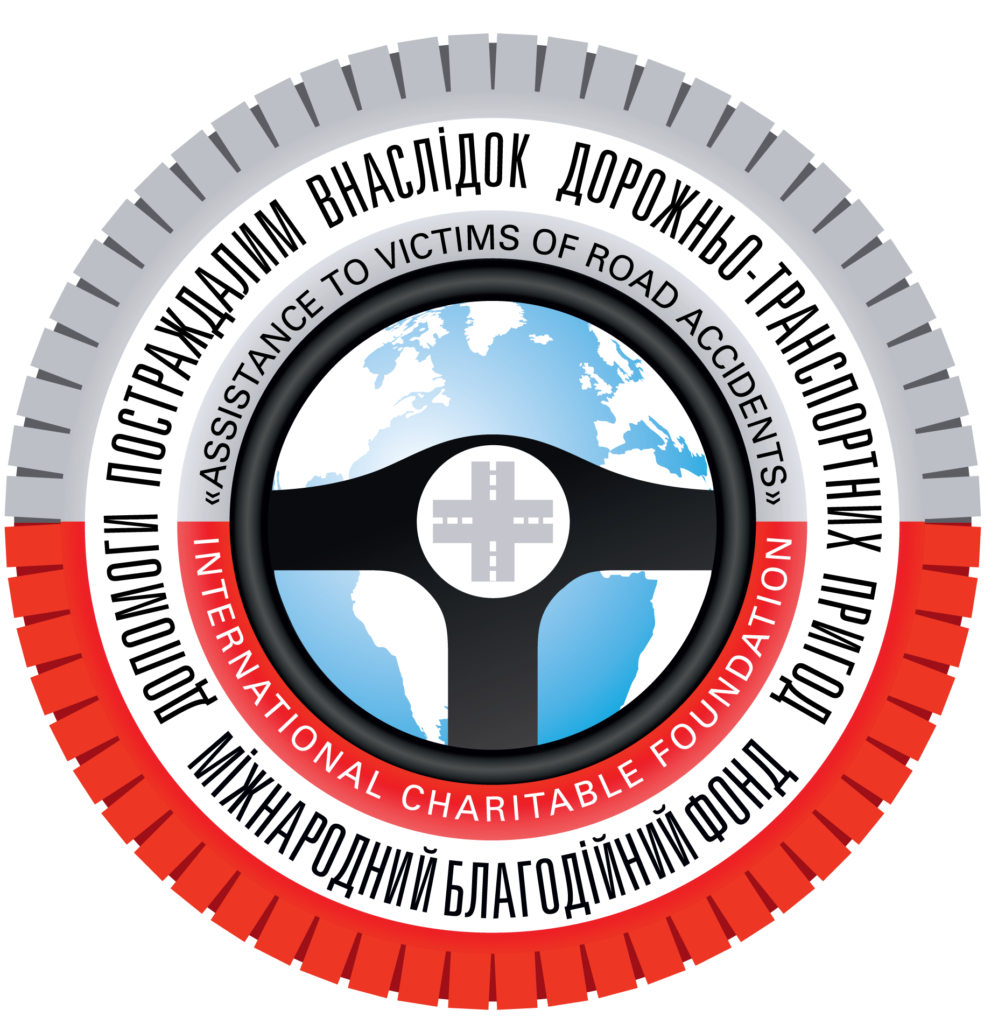WHO published European regional status report on road safety 2019
WHO has published the European Regional Status Road Safety Report 2019. The European regional status report on road safety describes the progress made by governments in the Region. The report is based on a detailed survey of status reports on road safety completed by government appointed national data coordinators in 51 of 53 Member States of the Region.
This report shows that over 221 people are killed on roads every day in the WHO European Region. Thousands more are injured or disabled, with long-lasting effects. The number of deaths and severe injuries from road crashes depends on where we live. People from the eastern part of our Region bear the highest burden of road-traffic mortality and morbidity.
Each year, over 80 000 lives are tragically lost on our roads. Whether the victims are young or older, passenger, driver or pedestrian, each person whose life is suddenly cut short is someone’s child, parent, partner or friend.
Perhaps one of the most distressing facts in this report is that road-traffic crashes are the leading cause of all death for young children aged between 5 and 14 years. No child should die or be seriously injured on our roads while they walk, cycle or play.
Although the European Region is one of only two that have seen a reduction in road-traffic fatality, progress has not occurred at a pace fast enough to achieve the global target of halving road-traffic deaths by 2020. There are many reasons for this modest progress: rapid urbanization and motorization, poor safety standards and infrastructure, lack of strong enforcement, drivers being distracted or under the influence of drugs or alcohol, speeding and a failure to wear seat belts or helmets, and lack of access to timely post-crash care.
The United Nations Sustainable Development Goals towards 2030, together with the 12 voluntary global performance targets for road safety, provide renewed actions for halving road-traffic deaths. WHO’s extensive catalogue of normative and technical guidance for strengthening road safety is based on the recommended safe-systems approach to road safety. This approach recognizes that the human body is highly vulnerable to injury and that humans make mistakes, but that a set of complementary interventions, to create safer roads, safer vehicles, safer speeds and safer behaviour by road users, work together to accommodate error.
The report acknowledges that 46 of the 51 countries report having national road safety strategies, but only fully fund their implementation in nine countries and partially in 36.
Only five countries have implemented their road safety legislation in accordance with WHO guidelines on all five risk factors for road behavior (speed, alcohol, motorcycle helmets, seat belts and child car seats).
49 countries conduct full or partial road safety audits during the design and construction of new roads.
This report shows that over 221 people are killed on roads every day in the WHO European Region. Thousands more are injured or disabled, with long-lasting effects. The number of deaths and severe injuries from road crashes depends on where we live. People from the eastern part of our Region bear the highest burden of road-traffic mortality and morbidity.
Each year, over 80 000 lives are tragically lost on our roads. Whether the victims are young or older, passenger, driver or pedestrian, each person whose life is suddenly cut short is someone’s child, parent, partner or friend.
Perhaps one of the most distressing facts in this report is that road-traffic crashes are the leading cause of all death for young children aged between 5 and 14 years. No child should die or be seriously injured on our roads while they walk, cycle or play.
Although the European Region is one of only two that have seen a reduction in road-traffic fatality, progress has not occurred at a pace fast enough to achieve the global target of halving road-traffic deaths by 2020. There are many reasons for this modest progress: rapid urbanization and motorization, poor safety standards and infrastructure, lack of strong enforcement, drivers being distracted or under the influence of drugs or alcohol, speeding and a failure to wear seat belts or helmets, and lack of access to timely post-crash care.
The United Nations Sustainable Development Goals towards 2030, together with the 12 voluntary global performance targets for road safety, provide renewed actions for halving road-traffic deaths. WHO’s extensive catalogue of normative and technical guidance for strengthening road safety is based on the recommended safe-systems approach to road safety. This approach recognizes that the human body is highly vulnerable to injury and that humans make mistakes, but that a set of complementary interventions, to create safer roads, safer vehicles, safer speeds and safer behaviour by road users, work together to accommodate error.
The report acknowledges that 46 of the 51 countries report having national road safety strategies, but only fully fund their implementation in nine countries and partially in 36.
Only five countries have implemented their road safety legislation in accordance with WHO guidelines on all five risk factors for road behavior (speed, alcohol, motorcycle helmets, seat belts and child car seats).
49 countries conduct full or partial road safety audits during the design and construction of new roads.
CONTACT US
-
Address: Kyiv, Ukraine 55-G Velyka Vasylkivska Str.
PO Box 217 - Phone: + 38 (044) 466 43 81
- E-mail: fond@dopomogadtp.com
- 2021 All rights reserved



